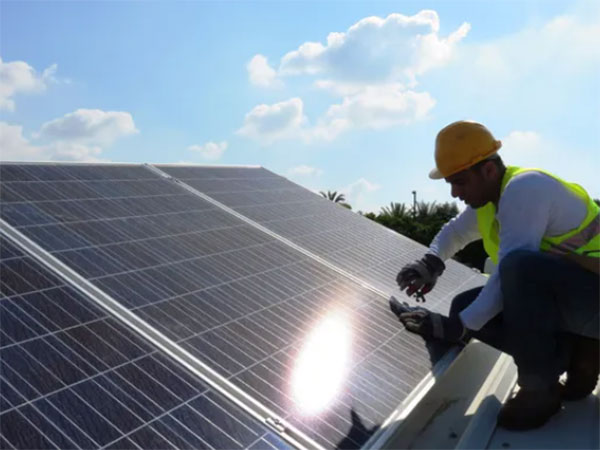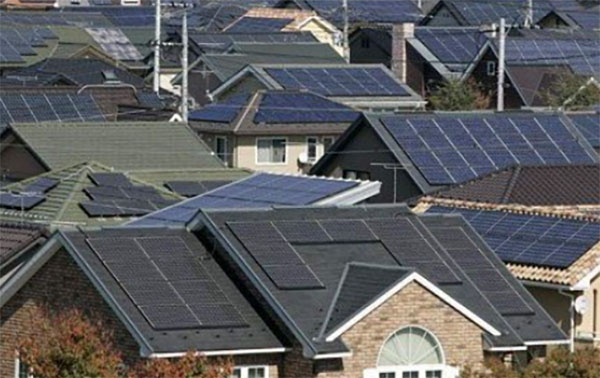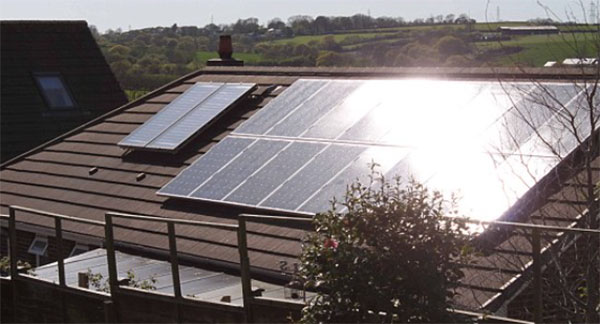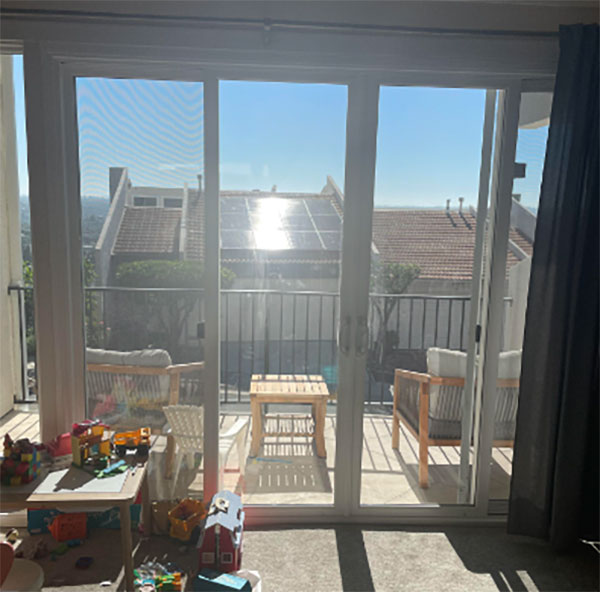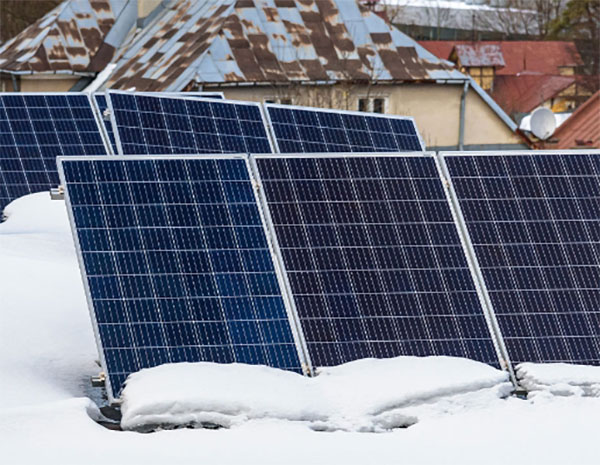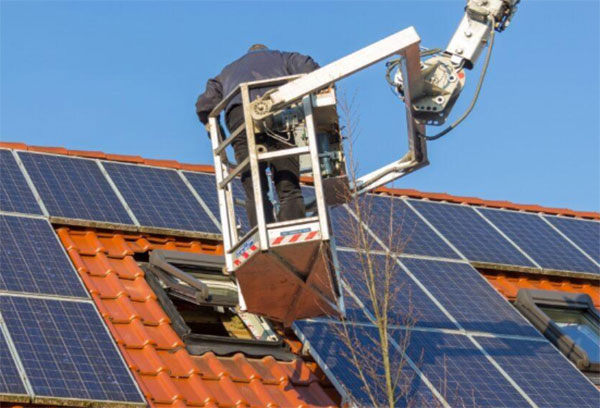Description
Yes, solar panels can cause glare, especially if installed without anti-reflective coatings or improper angling relative to neighbors' view.Understanding Solar Panel Glare and Its Impact
Solar panel glare, a problem that often worries communities or even alone people residing close to the solar installations result from the reflection of sunlight on the surface of these elements. This parametron can cause discomfort and hamper visibility for impact on health.
This essay aims to study solar panel glare and understand what it means, what can cause it to be so widespread, and what complaints come from neighbors. It is important to conduct this study to understand the root of the problem and, along with this, to understand what ways of mitigation of the specific negative impact solar panels exert.
Definition and Distinction Between Glint and Glare
Glint is the momentary reflection of the sun, similar to a quick, intense shimmer of brightness, literally “like a flash.” Glare, on the other hand, is a more prolonged and broader reflection of brightness, which is supposed to cause discomfort or reduce visibility.
The knowledge of these two phenomena is supposed to help better understand the degree of visibility of solar panels and is to be used to design effective consideration measures for this problem.
Factors That Determine Intensity of Glare Coming From Solar Panels
Reflections of the sun, as well as any other source of light, are primarily defined by the angle of the sun , and the tilt of the reflecting surface and its position.
Secondly, the greater the degree of reflectivity of the surface, the brighter the glare. In order to moderate the brightness of glare, the solar panel should include a greater degree of absorbance by the surface in the case of less reflective silicon solar panels. For the product relying on two sources of absorbance and reflectance, such as silver, the demand in a passive anti-reflective coating can also increase.
It can especially be effective when the angle of the panel in relation to earth is around zero degrees, that is, the plane on which the panel is to be mounted.
The main purpose of the coating is to suppress the glare by absorption of the light, perceivable by the human eye, which is most supposed to be transformed into current . In the case of silver contacting the silicon surface to absorb the light there is an approximately ten to one ratio from absorbed to reflected light.
Nature of Neighbor Complaints
Neighbor complaints may be sufficient to make local authorities or even federal agencies pass restrictions or even prohibitions of solar installations in some areas or in use at some sites, such as airports or roads. This is especially likely to happen in the case of frequent complaints.
The Science of Solar Panel Design
Understanding how solar panels work provides insight into the science of converting sunlight into electricity and balancing the need to maximize the consumption of light with the need to minimize unwanted reflection.
How Solar Panels Work and the Light They Absorb
Solar panels convert sunlight to electricity using photovoltaic cells. These are made of the semiconductor material of silicon and absorb the photons originating from sunlight and convert them to a flow of electricity. Inperov panels generally have an efficiency rate of 15-22%, but more advanced models can have even 24%.
Reflectivity: Solar Panels Vs. Other Materials
Although with reduced reflectivity, solar panels are still more reflective than many other objects. In general, solar panels reflect 15-20% of all incoming light. This is less than the region’s surrounding water bodies and less than standard window glass reflect. Although the reflectivity needs to stay at a minimum, it is vital that the panels absorb as much light as possible.
Anti-Reflective Coatings and Textures
Reducing reflection further is possible due to anti-reflective coatings and textured surfaces. Coatings can reduce reflectivity to 5-10%, and are produced of silicon nitride or titanium oxide to which is added due to its durability and effectiveness in absorbing light.
Textures, alternatively, are microscopic patterns made on the surface of the silicon cells allowing them to absorb more light. Both methods increases the efficiency of the panels and in addition the coatings reduce glare and are more neighborhood-friendly. The use of anti-reflective coatings and textures can increase the cost of solar panels for 5-10%, but this investment is recovered with higher electricity generation over 25-30 years of panel lifespan.
Reducing Glare in Solar Panels to Maintain Harmony in Neighborhoods
Reducing glare from solar panels is essential to keep neighborhood harmony and helpfully incorporate solar technology into communities.
This can be achieved by proper selection of solar panels, placement and orientation, and the use of innovative mounting solutions.
High-Quality Solar Panels Selection
By far, the most effective method of achieving low glare in solar panels is selecting them. High-efficiency solar panels usually come with a special anti-reflective coating that prevents the portion of sunlight reflected off the panels, increasing energy production yield. Higher-quality panels can reach efficiency levels of up to 22%, which is substantially more than the typical 15-18% rates of standard solar panels .
Undoubtedly, these panels are more expensive: the cost of solar panel arrays with such efficiency rates may be 10%-30% higher than standard panels.
This type of solar panel can serve a household for as long as 25 years, making them a useful long-term solution. Since the delicate ecosystems in the immediate vicinity to the expensive neighborhood can be damaged by increased energy generation due to glare, high-efficient panels are clearly the only choice.
Optimal Siting and Orientation
An equally important factor in mitigating glare is the optimal siting and orientation of solar panels. According to the solar Siting Guide, the most effective orientation for solar panels in the northern hemisphere is true south. Nonetheless, these can be slightly rotated west or east.
As for the appropriate angle of tilt, one should use an angle equivalent to the latitude of the installation site, but again, this needs adjustment . Critical is the avoidance of direct glare to neighboring properties; for example, in case of an east-west street, adapting the angle slightly can help avoid direct glare to neighbors during the early morning and afternoon hours when the sun is low in the slydo not glare on the neighboring homes is vital too.
Regulation and Recommendations for Glare Prevention
Dealing with solar panel glare is not merely a matter of common courtesy to the neighbors but also a regulation in some cases, considering that the problem should be resolved to prevent reflecting light onto the flight paths. As such, it is essential to be aware of both regulations and best practices to facilitate the avoidance of glare and promote beneficial and friendly use of solar power.
Airport Regulations and FAA’s Position on Glare
The Federal Aviation Administration provides detailed guidelines for addressing the issue and avoiding visible inside the cockpit solar panel glare. Near the airports, there is an assessment process, which includes susceptibility to glare.
The FAA’s Solar Glare Hazard Analysis Tool often facilitates this process to secure the solar project’s compliance with the requirements and its safety for pilots and air traffic controllers. This regulation is essential because, without the appropriate screening and orientation, the project will not be approved, and the project’s expenses could be increased by 15-20% for redesigning the project. As such, it is essential to consider FAA regulations at the planning process.
Best Practices: Glare Assessment and Neighborhood Needs
It is necessary to conduct glare assessment for every solar project, especially in projects located in residential zones . Such an investigation helps to discover the potential impact on neighbors and provides data to mitigate this impact.
The prices for professional glare assessments are approximately between 2000 and 5000 dollars, depending on the complexity and location of the project . However, it helps to avoid the solar panels affecting the value and living conditions of the neighboring houses. As such, the investment also helps to ensure community acceptance and prevent potential conflicts.
Practical Tips
For homeowners who wish to install solar panels, several practical tips could be useful to prevent the risk of glare:
-
Choose the panels with anti-reflective coatings reducing the amount of light reflected from the panel. They are more expensive but cost the potential risk of glare and better energy efficiency.
-
Be strategic about the placement of solar panels not to directly reflect sunlight into the windows or onto the frequently visited areas such as patios or backyards. However, the best angle greatly depends on the orientation but generally involves a south-facing orientation at an angle close to the latitude of the location.
-
Consider using landscaping to shield solar panels, and it is the most effective and aesthetically appealing solution as trees or shrubs contribute to protecting the most problematic angles but also expensive and complicated solution which requires regular maintenance.

